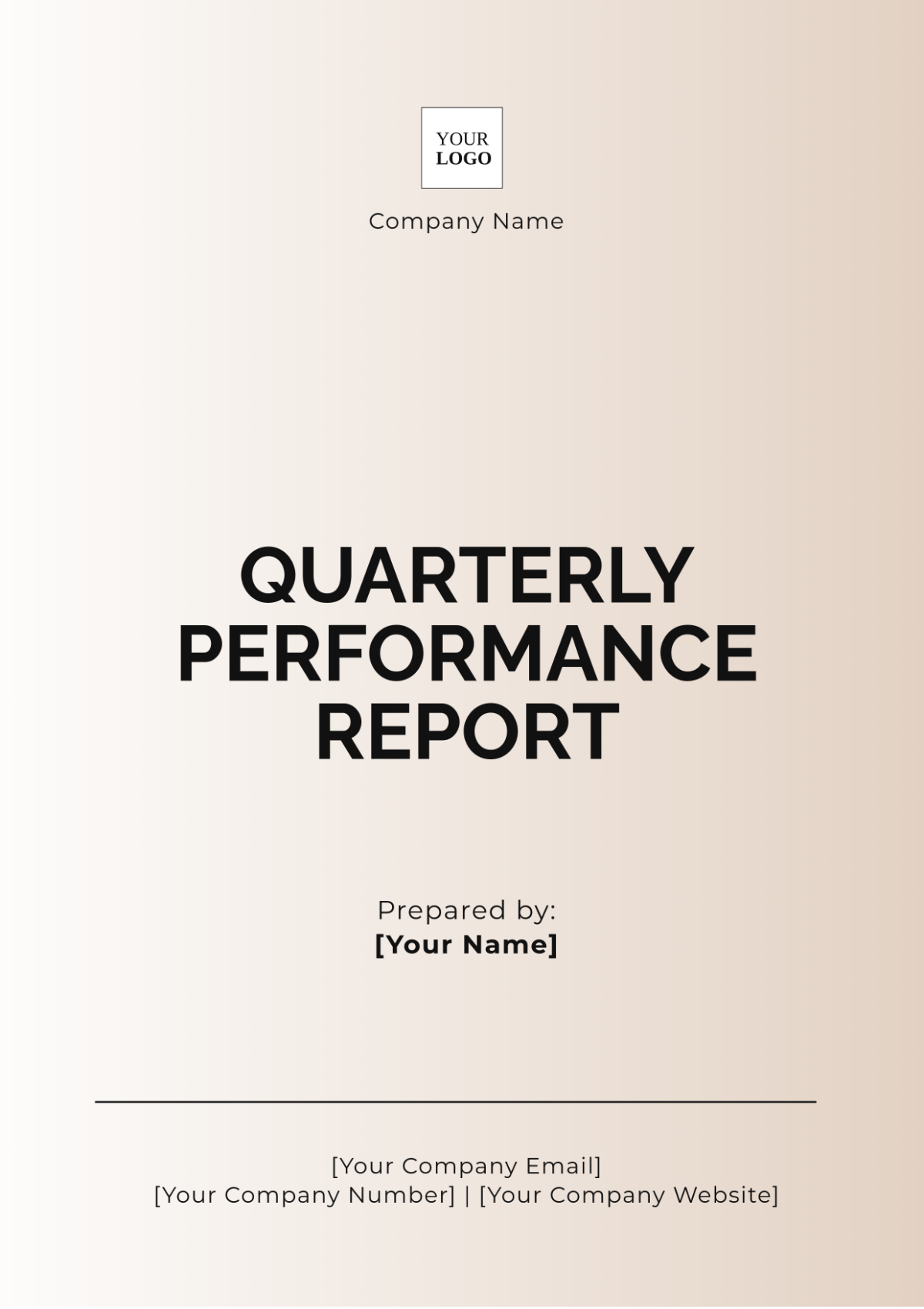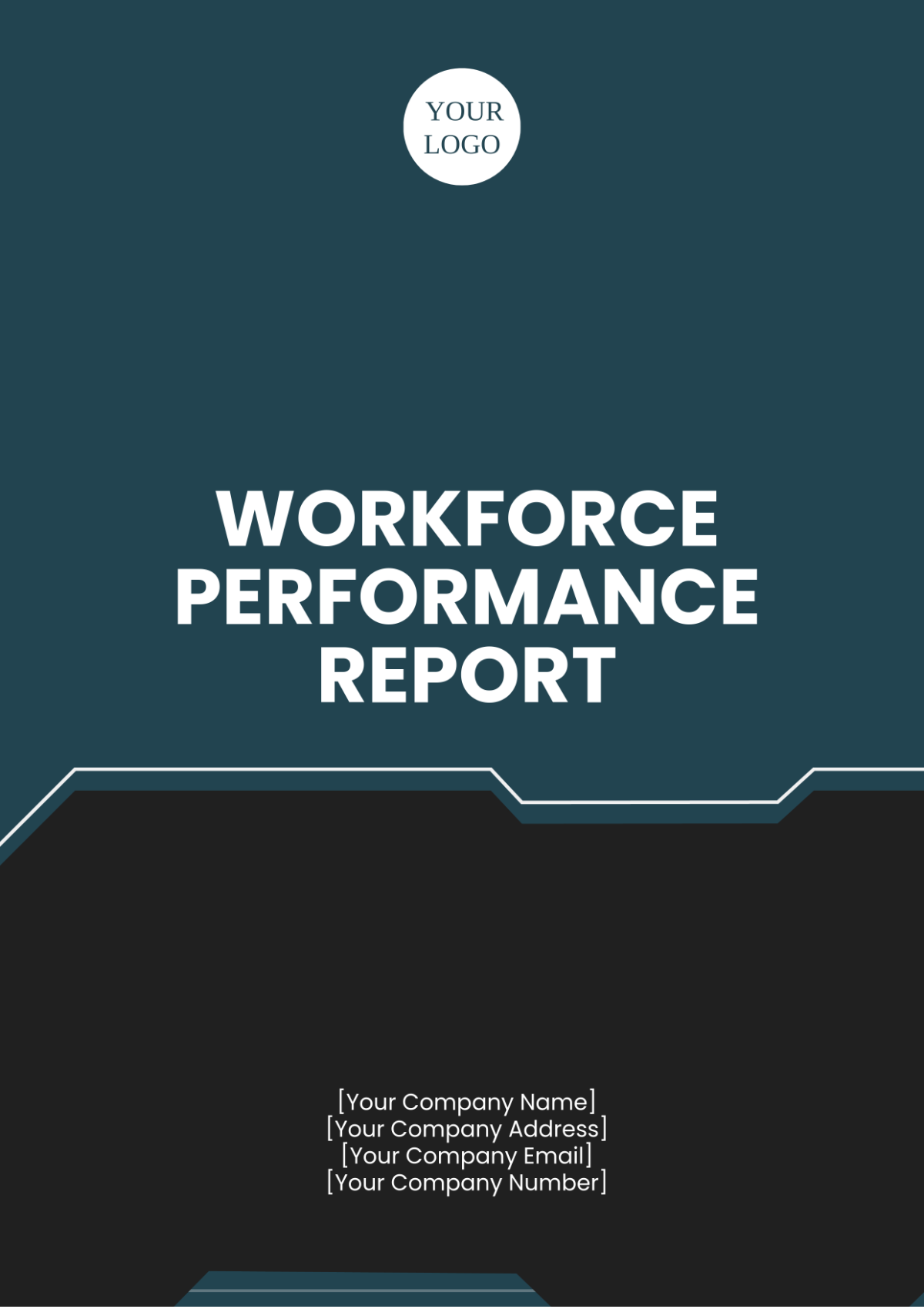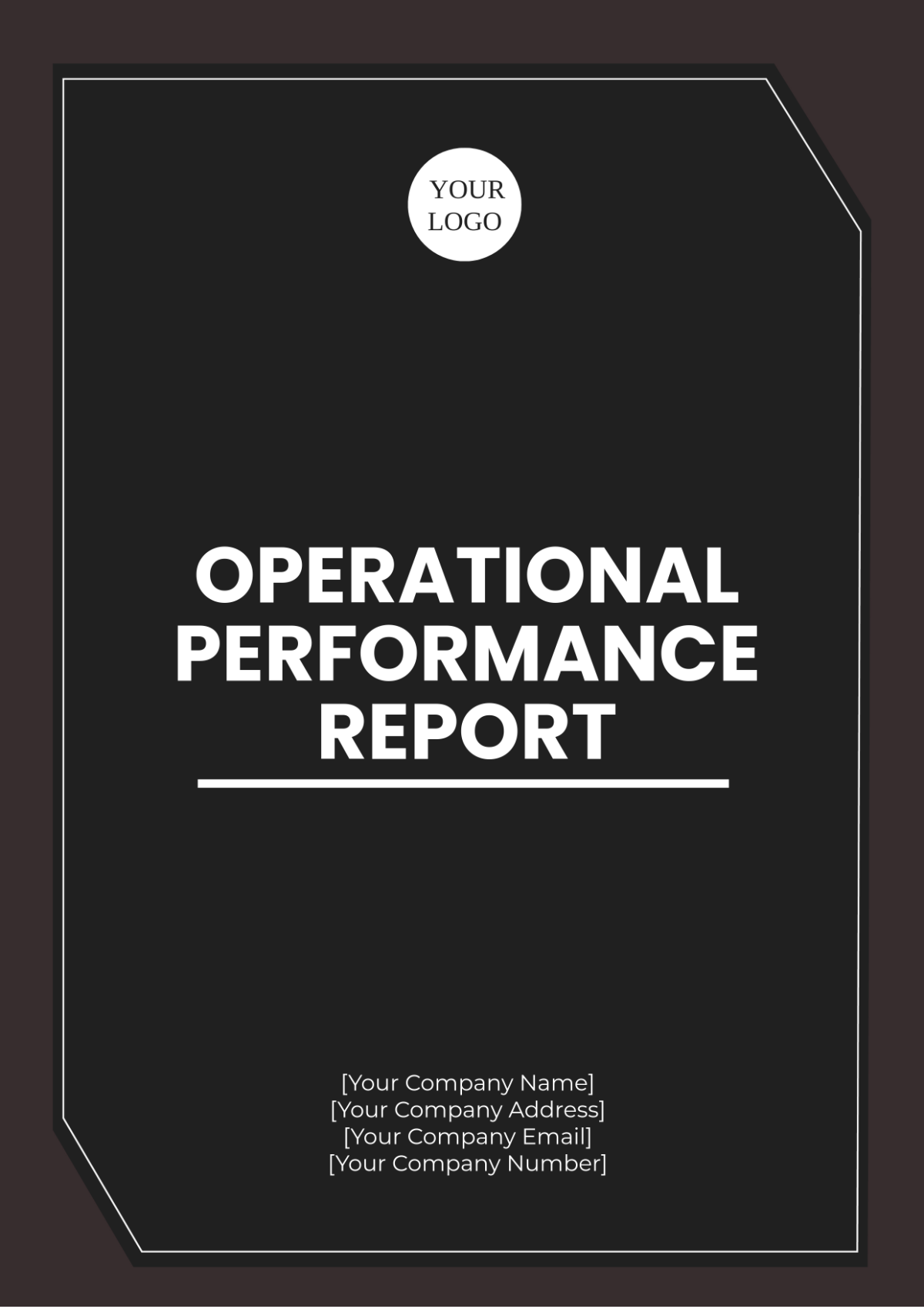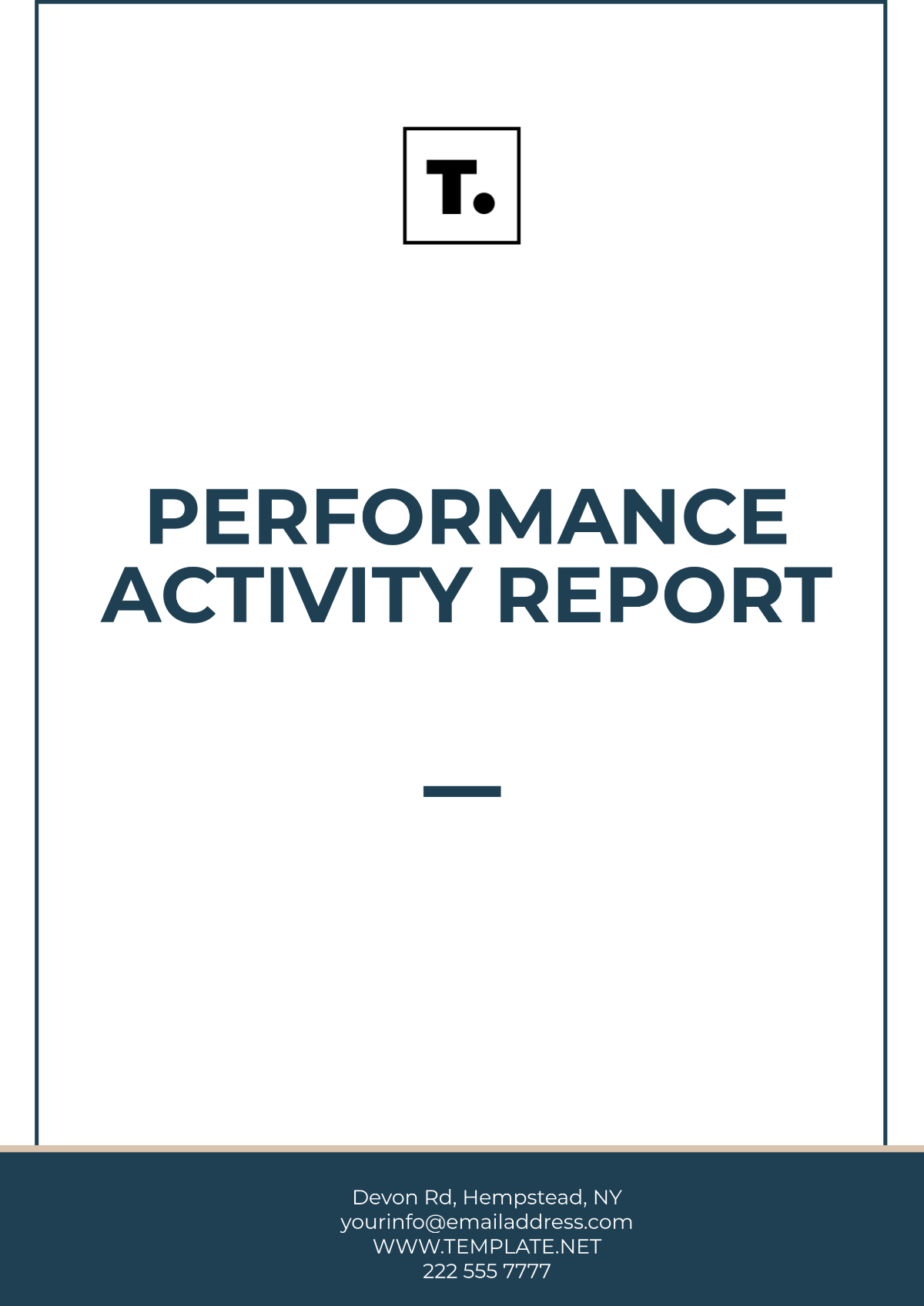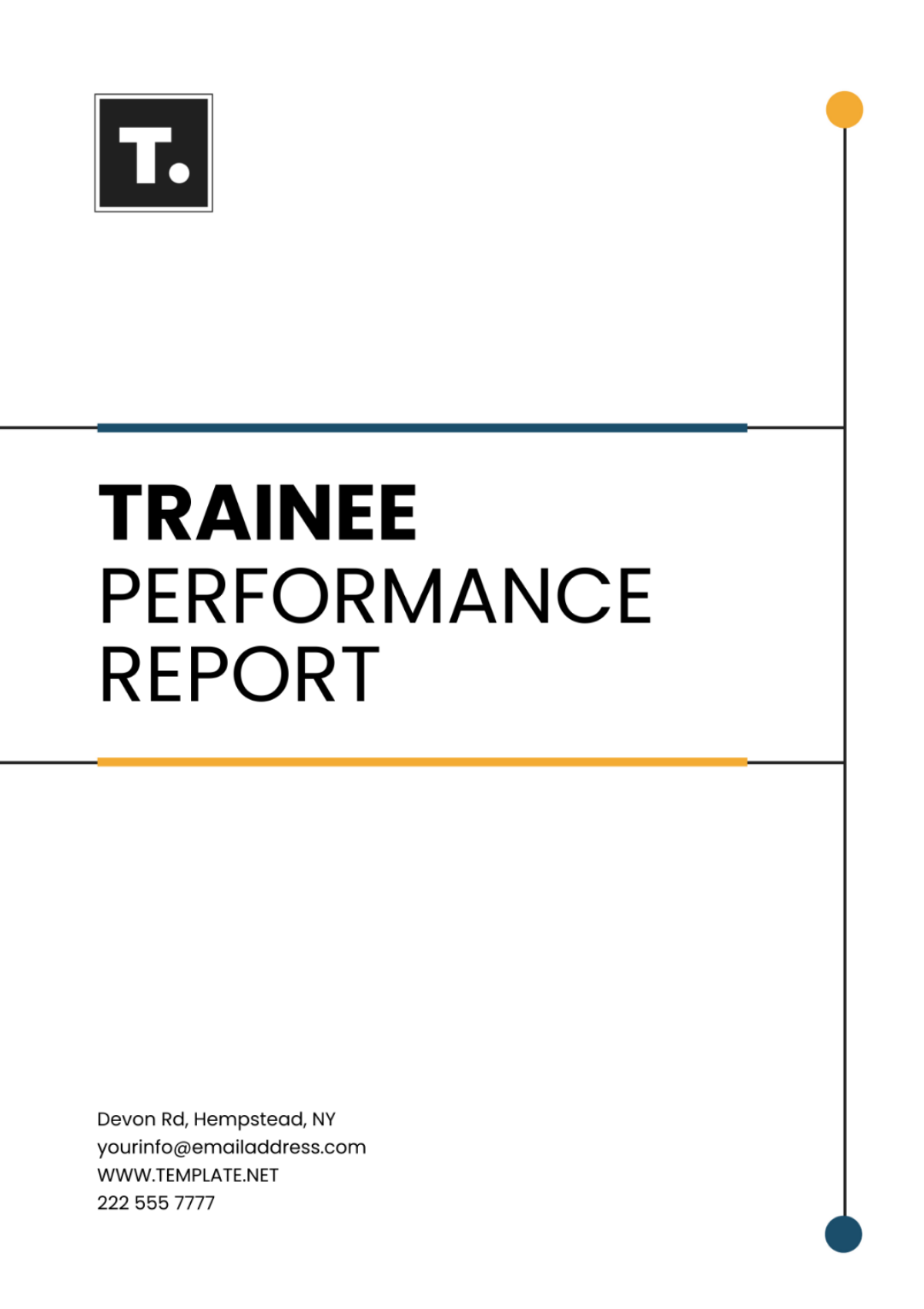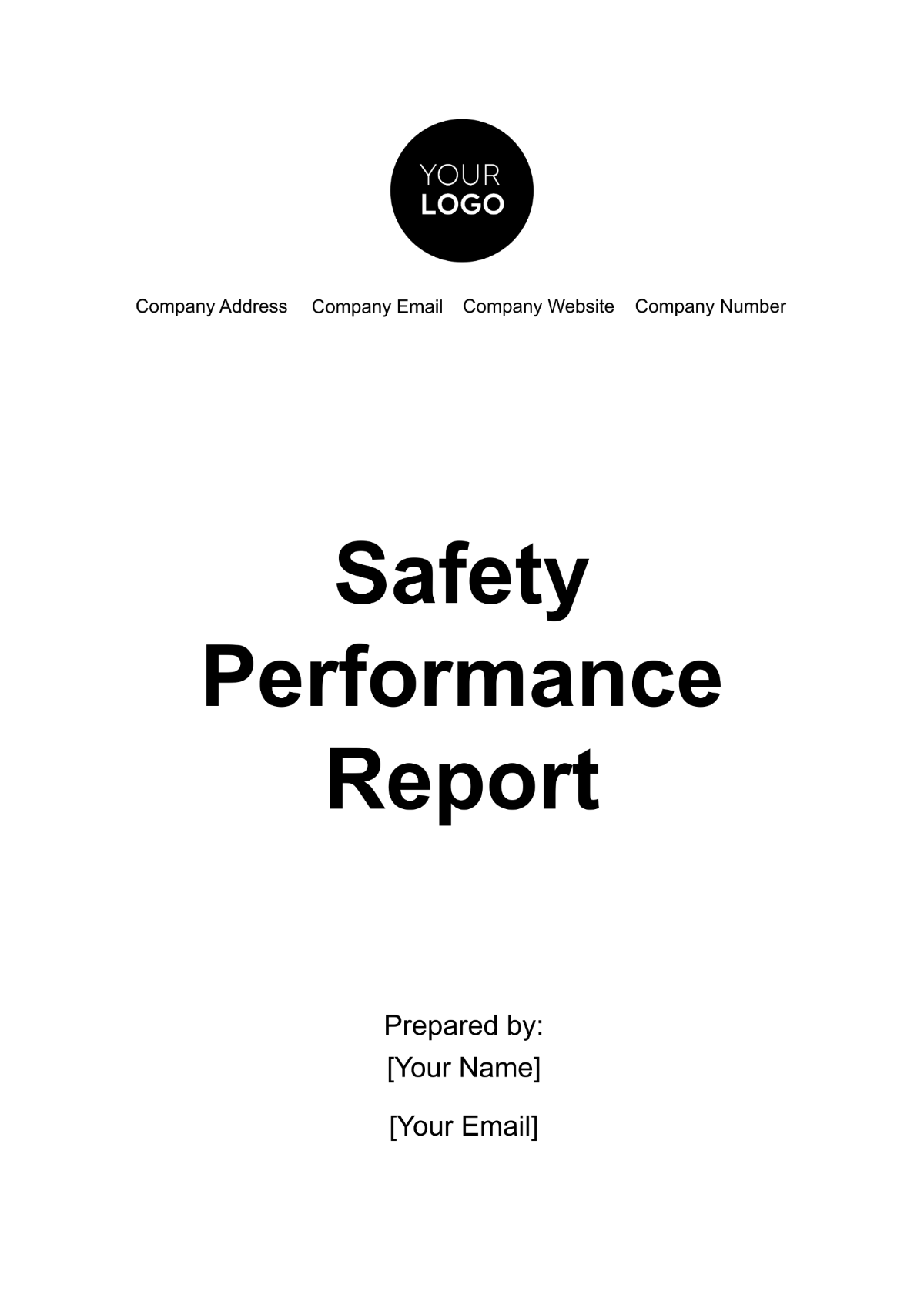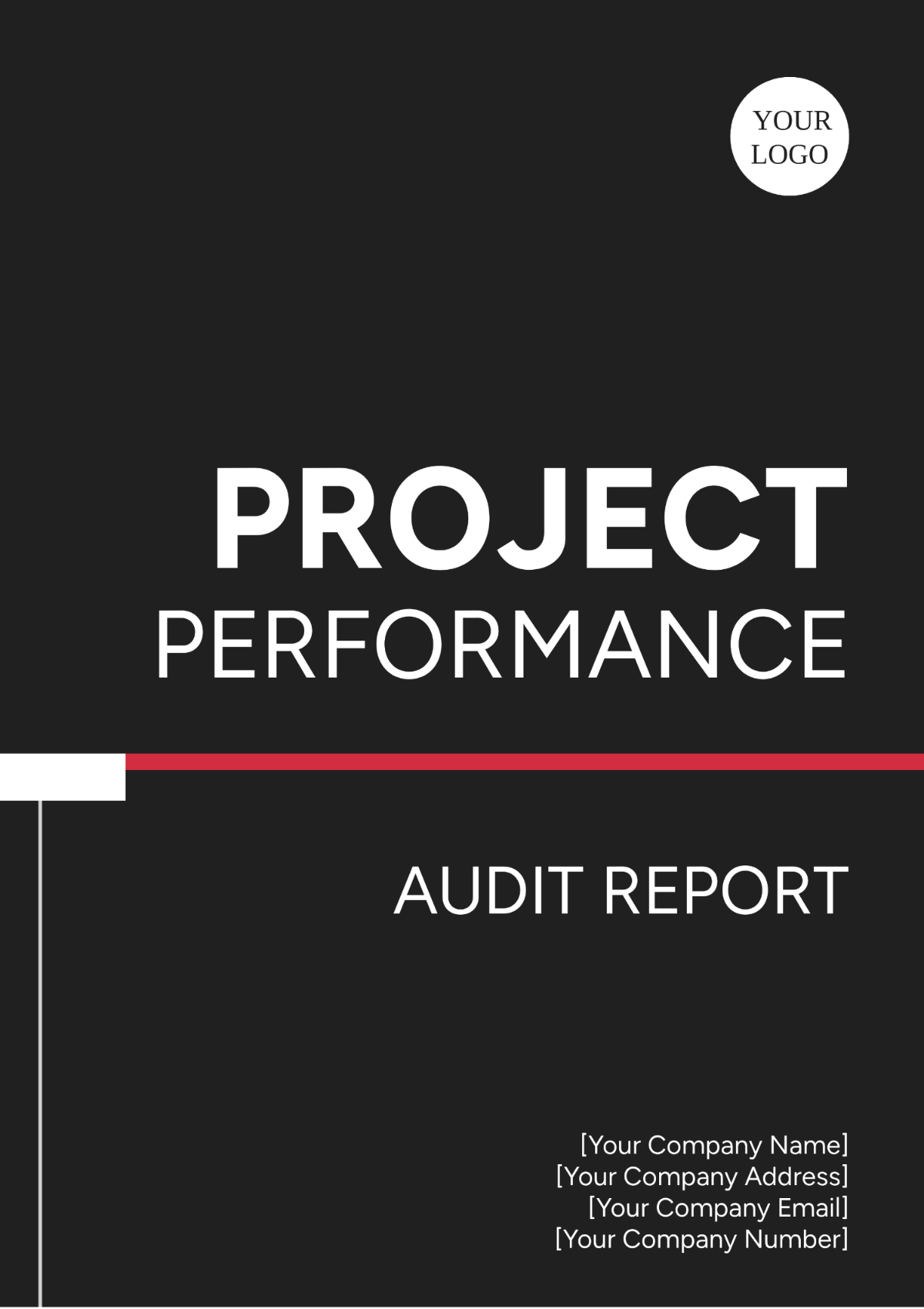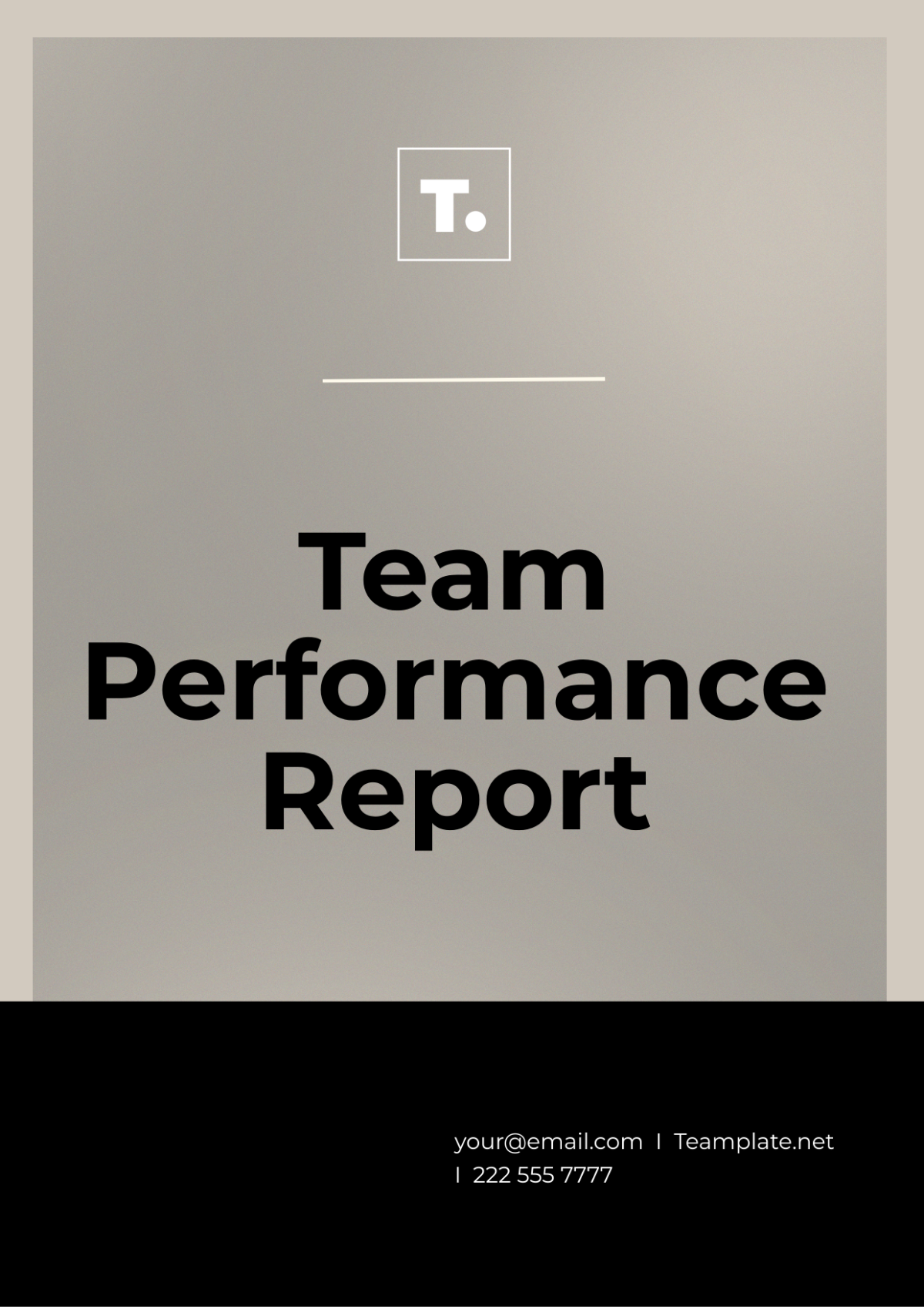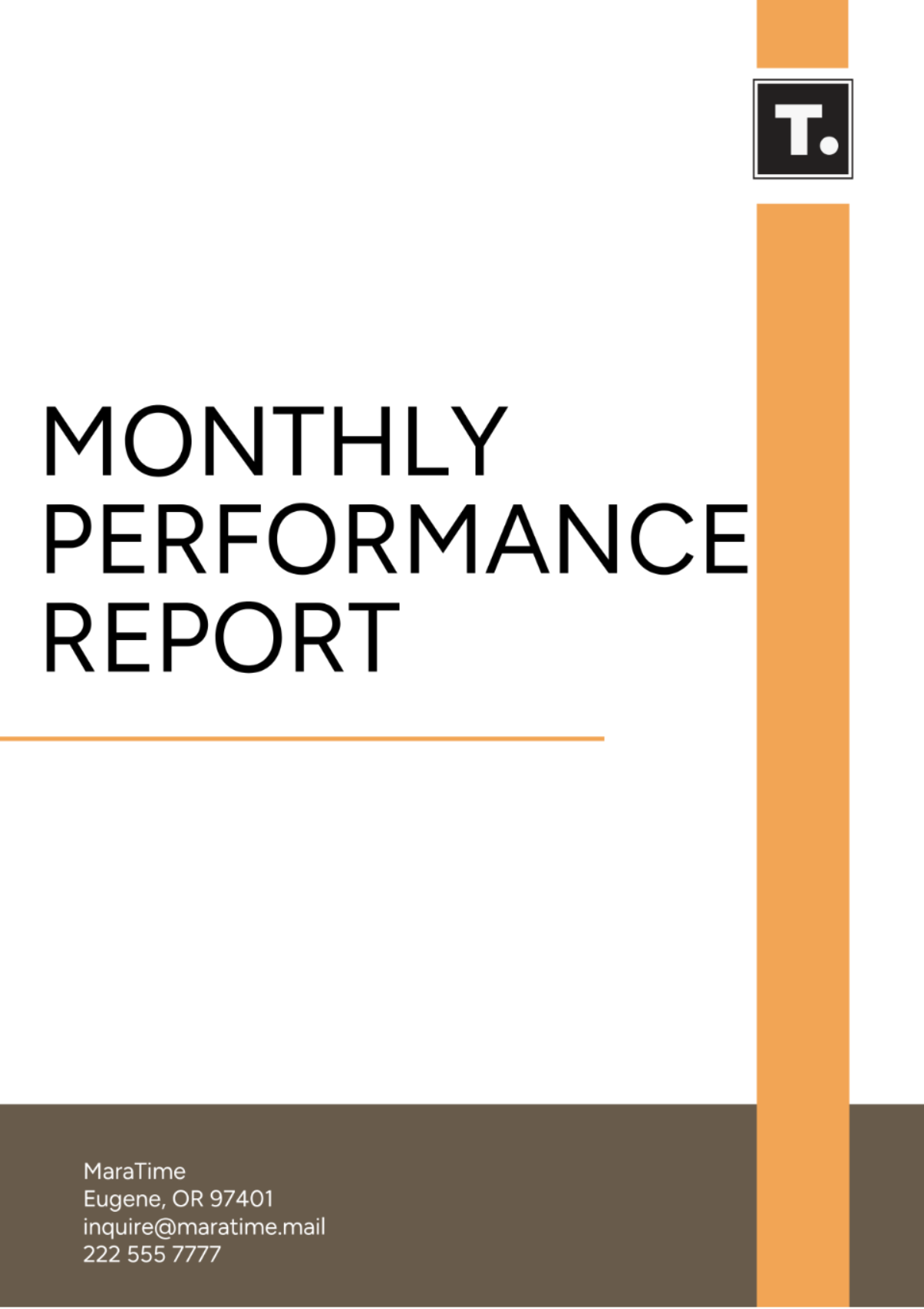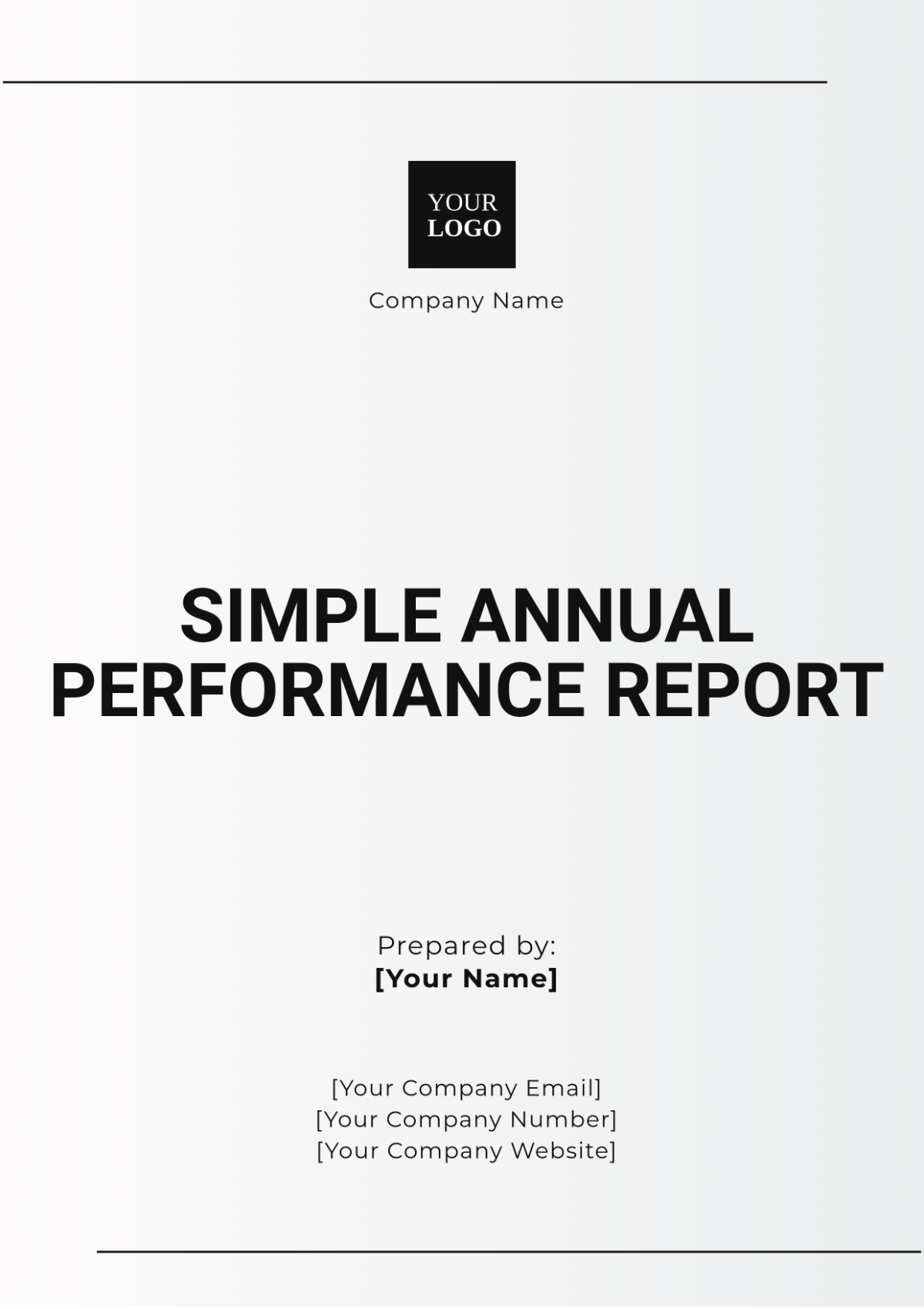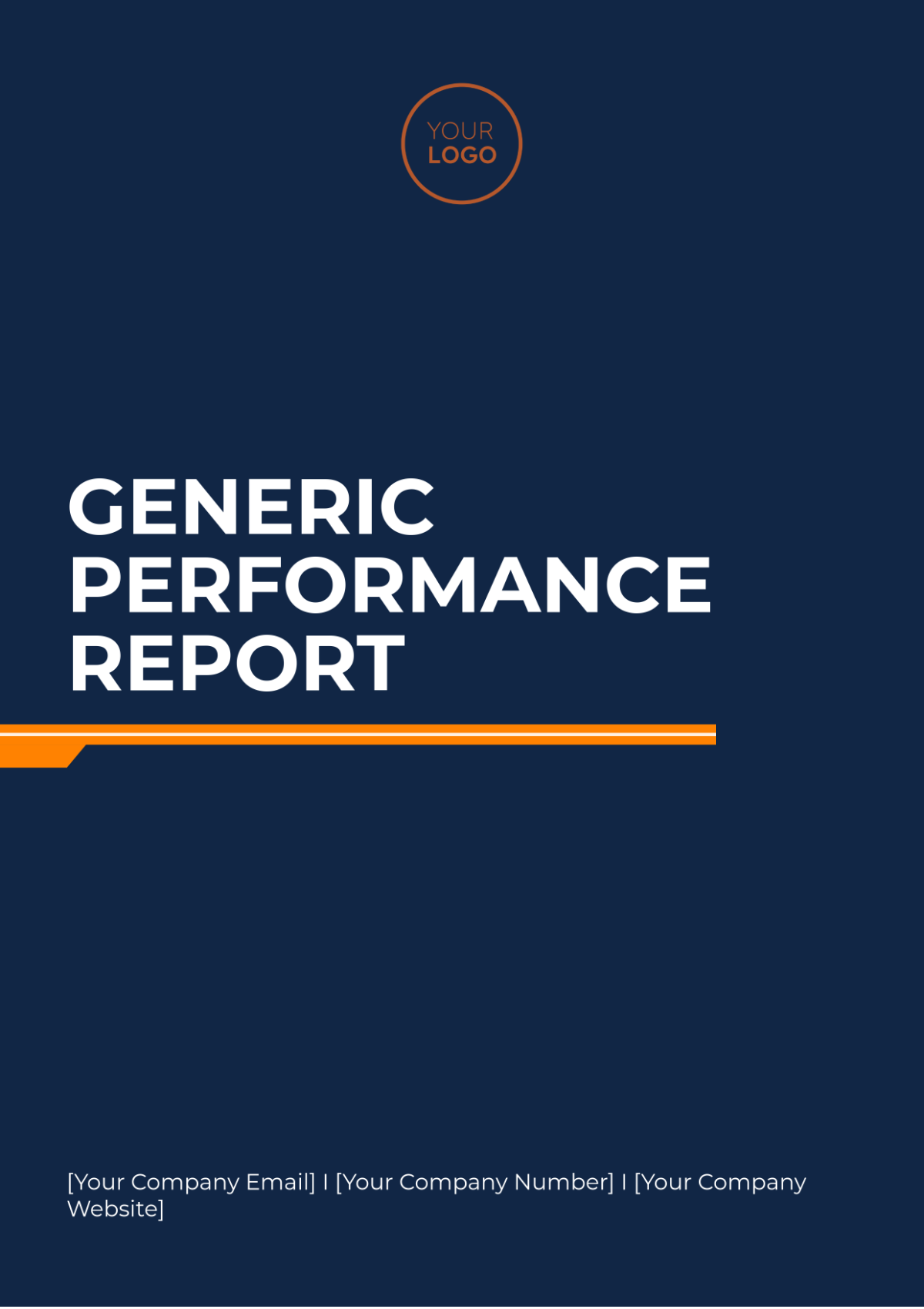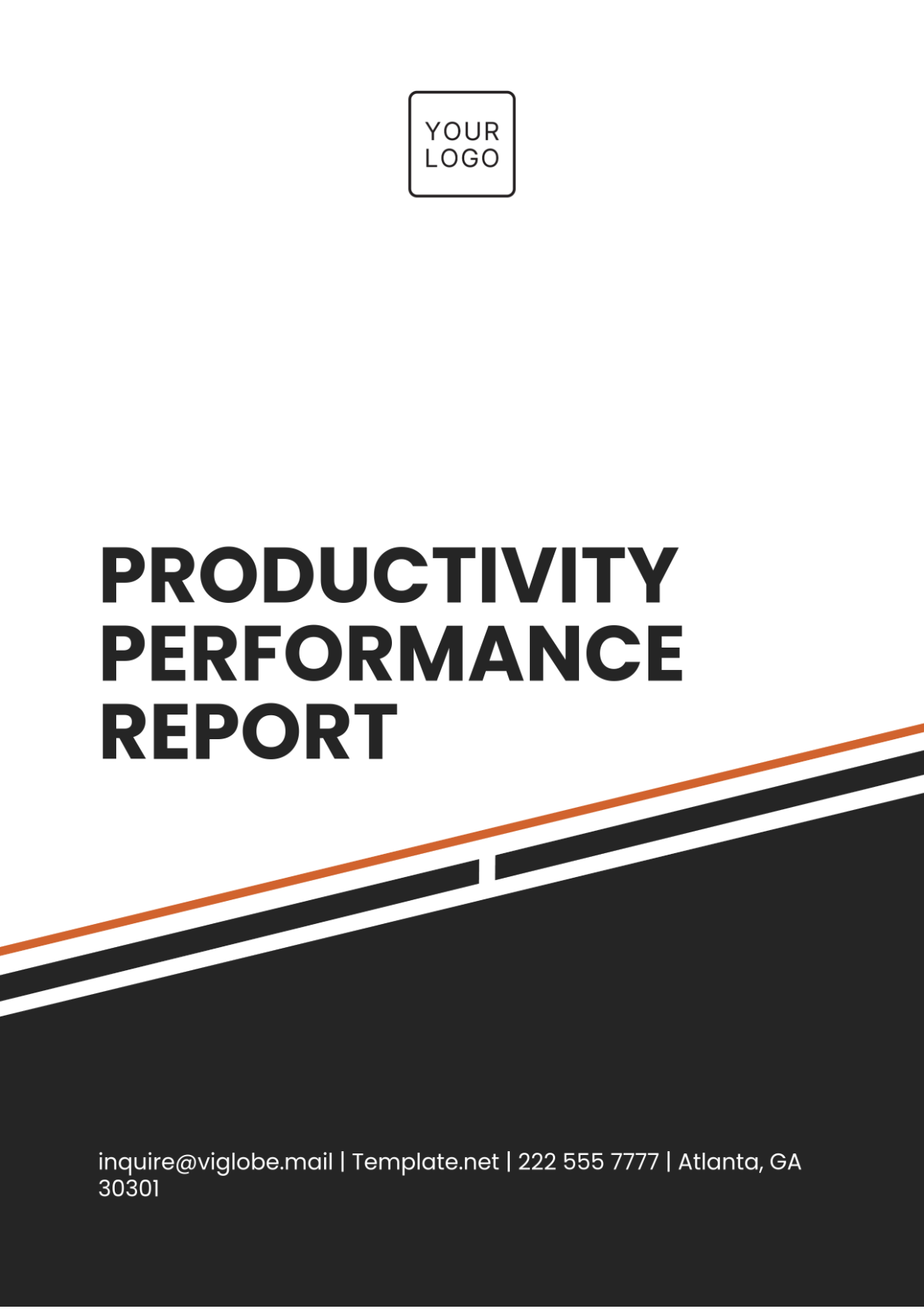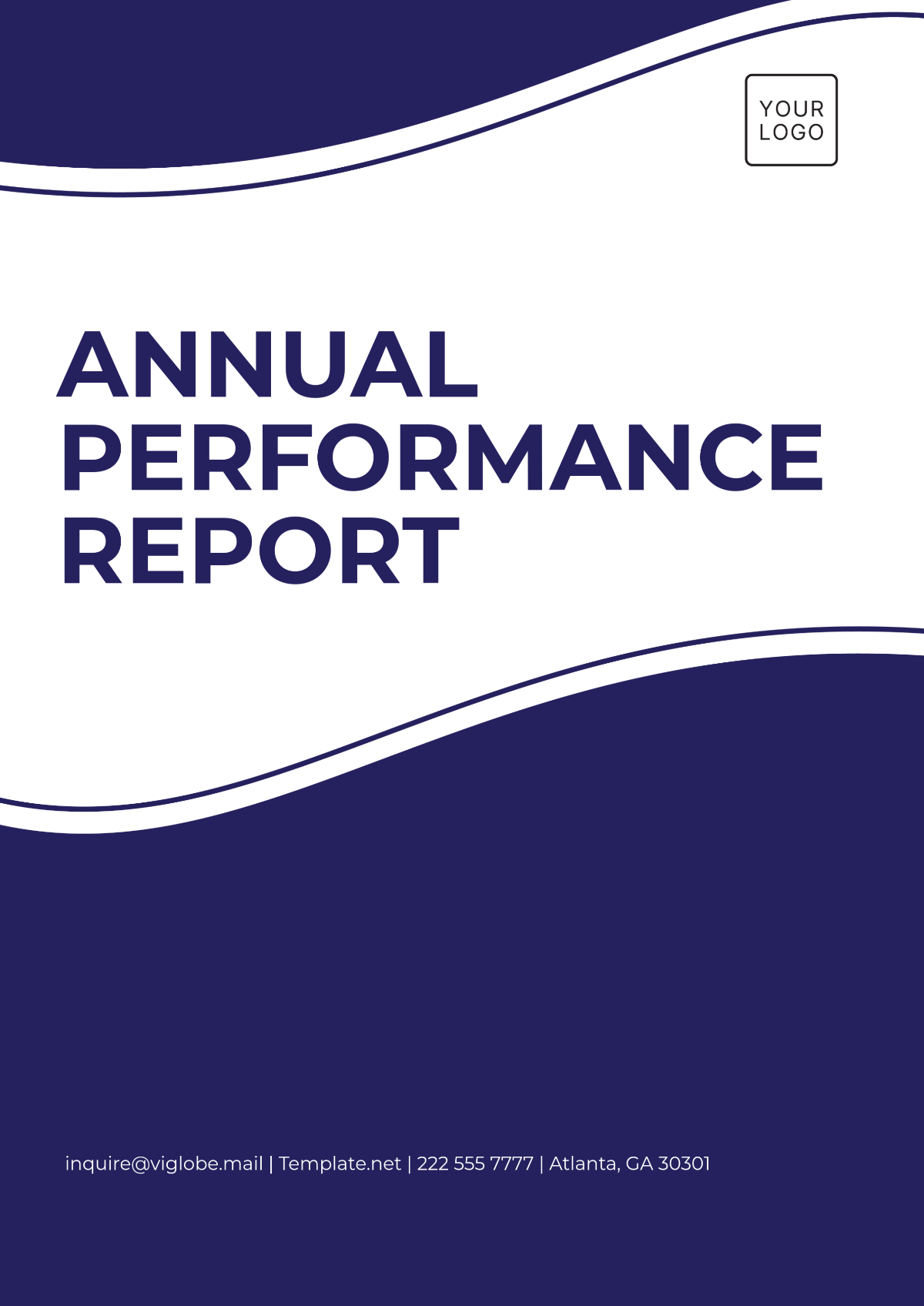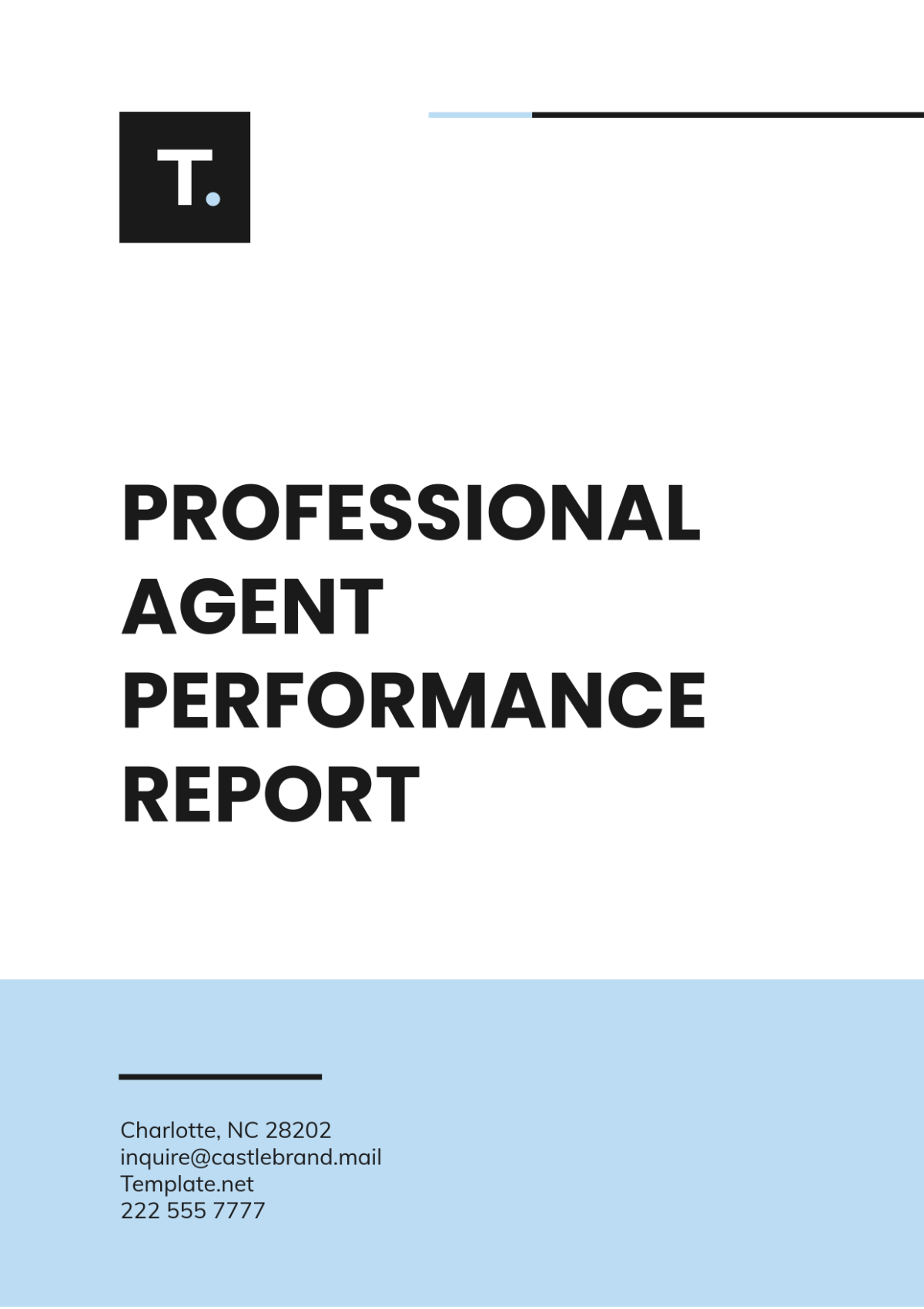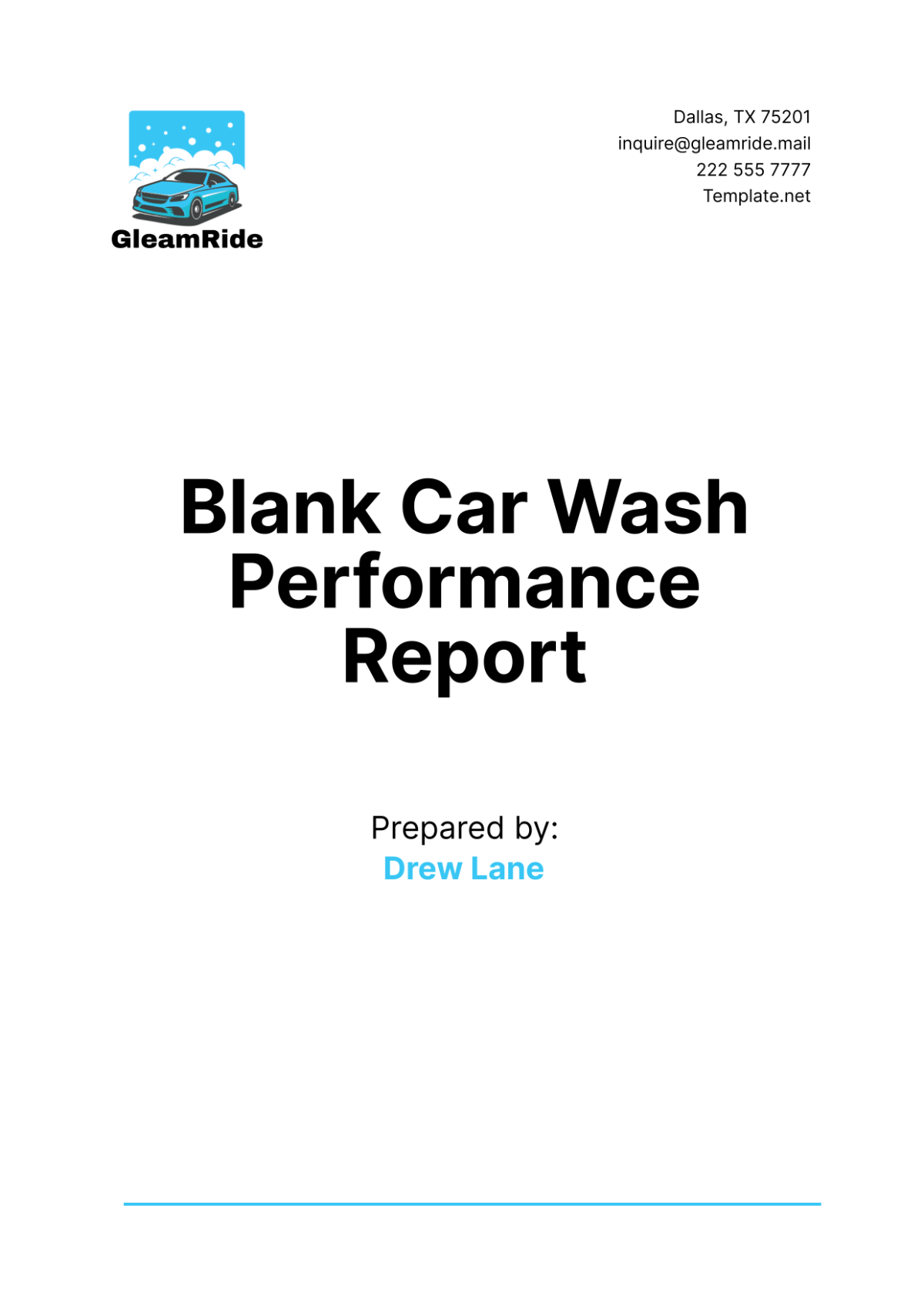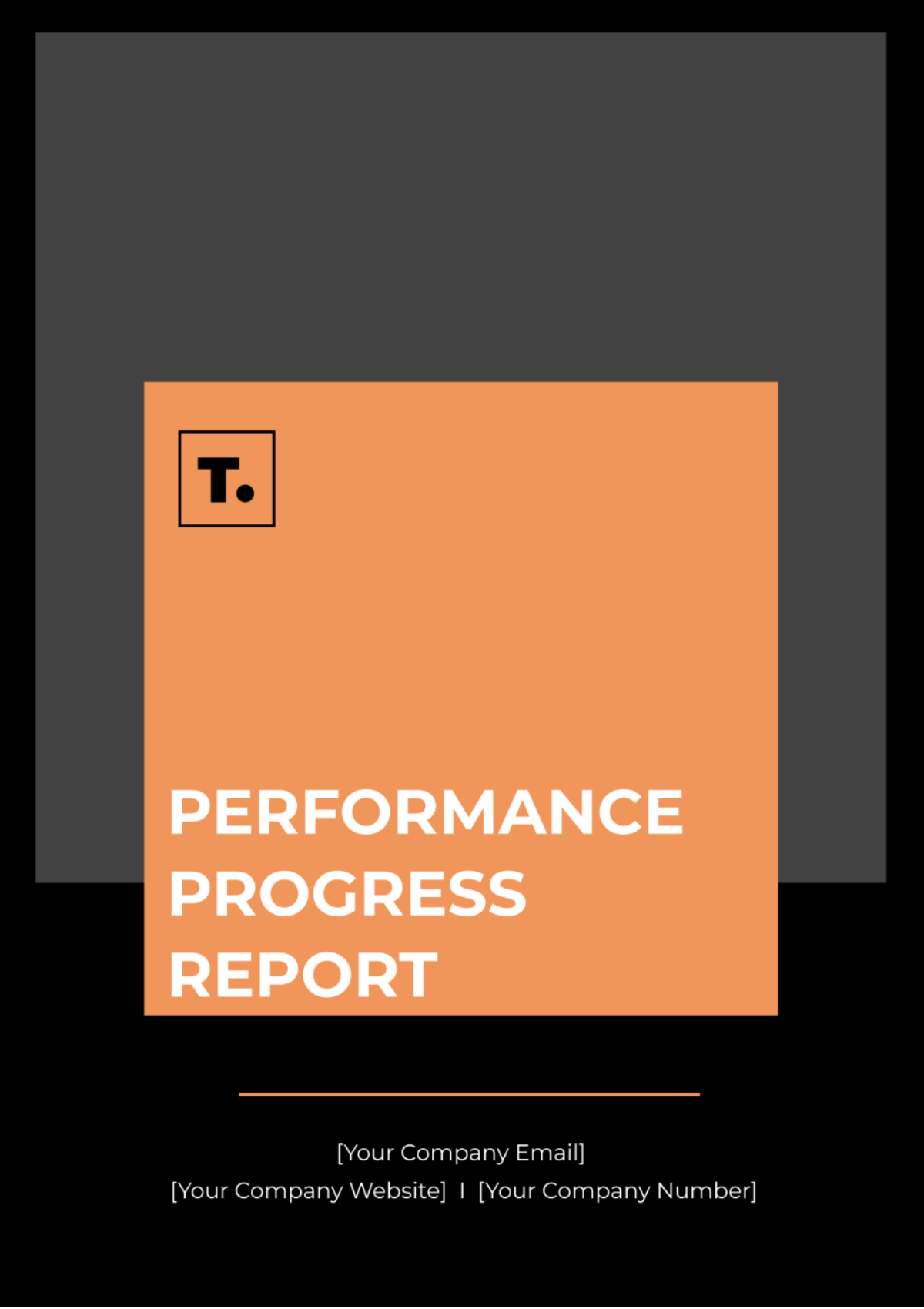Safety Performance Report
I. Executive Summary
At [Your Company Name], ensuring the safety and well-being of our employees is a core priority. This Safety Performance Report provides a comprehensive overview of our safety practices, incidents, and improvements over the past year. Our commitment to maintaining a safe working environment is reflected in our proactive approach to risk management and employee training. Through the implementation of stringent safety protocols and regular audits, we have significantly reduced the frequency and severity of workplace incidents.
Over the reporting period, we have seen notable progress in our safety metrics, including a decrease in lost-time accidents and a lower incident rate compared to the previous year. Our ongoing safety initiatives, such as enhanced training programs and updated safety procedures, have contributed to these positive outcomes. Moving forward, [Your Company Name] will continue to prioritize safety by leveraging data-driven insights and engaging with employees to foster a culture of safety and compliance. This report highlights our achievements and outlines areas for further improvement, demonstrating our unwavering dedication to creating a safe and healthy workplace.
II. Introduction
The purpose of this Safety Performance Report is to provide a detailed analysis of [Your Company Name]'s safety practices and outcomes over the past year. This report serves as a tool for evaluating our current safety performance, identifying trends, and outlining our strategies for continuous improvement. By documenting safety incidents, compliance with regulatory standards, and the effectiveness of our safety programs, we aim to maintain transparency and accountability in our commitment to workplace safety.
In an ever-evolving business environment, it is crucial for [Your Company Name] to adapt and enhance our safety practices to meet both legal requirements and industry best practices. This report reviews our safety metrics, including incident rates, training effectiveness, and response to safety concerns. We also assess the impact of recent safety initiatives and investments on our overall performance. By doing so, we ensure that our safety measures are not only compliant with OSHA regulations and other relevant standards but also aligned with our goal of fostering a proactive safety culture within the organization. This introduction sets the stage for a comprehensive examination of our safety performance and our ongoing efforts to improve workplace safety.
III. Safety Performance Overview
This section presents a detailed examination of [Your Company Name]'s safety performance through key metrics and incident summaries. By analyzing Key Performance Indicators (KPIs) and incident reports, we assess our safety initiatives' effectiveness and identify areas for improvement. This comprehensive overview highlights our progress and challenges, helping us to continually refine our safety practices and ensure a safer working environment.
A. Key Performance Indicators (KPIs)
The following table outlines our Key Performance Indicators (KPIs) for the reporting period, comparing targets with actual outcomes. These KPIs provide insight into our safety performance and help evaluate the effectiveness of our safety programs. The data presented helps identify areas of success and areas requiring attention, guiding our efforts to enhance workplace safety.
KPI | Target | Actual | Status |
|---|---|---|---|
Lost Time Injury Frequency Rate (LTIFR) | 2.0 | 1.8 | On Track |
Total Recordable Injury Frequency Rate (TRIFR) | 3.0 | 3.2 | At Risk |
Number of Safety Training Sessions | 50 | 55 | Exceeds |
Incident Reporting Rate | 100% | 95% | Needs Improvement |
B. Incident Summary
The table below provides a summary of the incidents reported during the reporting period:
Incident Type | Number of Incidents | Description |
|---|---|---|
Near Misses | 6 | Events that did not result in injury but had the potential to do so. |
Minor Injuries | 8 | Injuries that resulted in minor first aid treatment. |
Major Injuries | 3 | Injuries requiring significant medical treatment or time off work. |
Fatalities | 1 | No fatalities reported. |
IV. Analysis and Trends
This section provides an in-depth analysis of safety performance by examining both leading and lagging indicators. Leading indicators, such as safety audits and training participation, offer proactive insights into our safety practices and employee engagement. Lagging indicators reflect past performance and outcomes, such as injury rates and corrective action completion. Together, these metrics help us identify trends, assess the effectiveness of our safety measures, and pinpoint areas for further improvement.
A. Leading Indicators
Leading indicators provide proactive insights into our safety performance by tracking activities and behaviors that precede incidents. Metrics such as safety audits, training participation, and observations reflect our preventive measures and engagement levels, helping us gauge the effectiveness of our safety initiatives before incidents occur.
Indicator | Value |
|---|---|
Number of safety audits conducted | 30 |
Attendance at safety meetings | 85% |
Employee participation in safety training | 90% |
Number of safety observations reported | 150 |
B. Lagging Indicators
Lagging indicators offer retrospective insights into our safety performance, focusing on past incidents and their outcomes. Metrics such as injury rates, incident severity, and corrective action completion help us evaluate the impact of our safety measures and identify areas for improvement based on historical data.
Indicator | Value |
|---|---|
Injury rates | Slightly above target |
Incident severity | Improved, with fewer major injuries reported |
Corrective actions implemented | 85% completion rate |
V. Corrective Actions
The following corrective actions were taken during the reporting period:
Implemented a new safety training program focusing on hazard recognition and mitigation.
Improved incident reporting and investigation procedures to ensure timely follow-up.
Enhanced personal protective equipment (PPE) standards and compliance monitoring.
Launched a safety awareness campaign to promote a culture of safety among employees.
VI. Employee Safety Engagement
Employee engagement plays a crucial role in maintaining a safe work environment. The following initiatives were undertaken to enhance engagement:
Monthly safety town halls with senior management.
Recognition programs for employees who demonstrate outstanding safety practices.
Interactive safety workshops and drills.
Anonymous reporting system for safety concerns.
VII. Conclusion
Overall, the safety performance for the first half of the year shows positive trends in several key areas, although there is room for improvement in certain metrics. Continuous efforts in training, engagement, and process improvements are essential to enhance our safety performance further. The targets set for the next half of the year will focus on reducing incident rates, increasing corrective action implementation, and maintaining high levels of employee participation in safety initiatives.
VIII. Recommendations
To enhance our safety performance in the second half of the year, we recommend the following actions:
Increase the Frequency and Depth of Safety Training Programs: Expanding our safety training programs is crucial for reinforcing safe practices and ensuring that all employees are up-to-date with the latest safety protocols. This includes offering additional training sessions that cover both general safety principles and specific job-related hazards. Incorporating more interactive and scenario-based training can help employees better understand and apply safety procedures in real-world situations. Regular refresher courses and targeted training for new hires will also help maintain high safety standards across the organization.
Enhance Monitoring and Enforcement of Safety Standards: Strengthening our monitoring and enforcement mechanisms will ensure that safety standards are consistently applied and adhered to. This involves increasing the frequency of safety inspections and audits to identify and address potential hazards promptly. We should also implement a more rigorous system for tracking compliance with safety protocols and taking corrective actions when necessary. Encouraging supervisors and managers to actively participate in safety oversight and hold teams accountable will further support this effort.
Conduct Regular Safety Audits and Inspections: Performing regular safety audits and inspections is essential for identifying potential risks and ensuring that safety measures are effective. These audits should be comprehensive and cover all areas of the workplace. By systematically evaluating safety practices, we can pinpoint areas for improvement and implement corrective actions before issues escalate. Engaging external safety experts for periodic reviews can provide an additional layer of scrutiny and insight.
Foster a Culture of Continuous Improvement and Proactive Safety Management: Building a culture of safety requires a commitment to continuous improvement and proactive management. Encouraging open communication about safety concerns, recognizing and rewarding safe behaviors, and involving employees in safety decision-making can help create an environment where safety is prioritized. Regularly reviewing and updating safety policies and procedures based on feedback and incident data will ensure that our safety practices remain effective and relevant.
By implementing these recommendations, [Your Company Name] can further strengthen its safety performance and foster a safer and more productive workplace.

